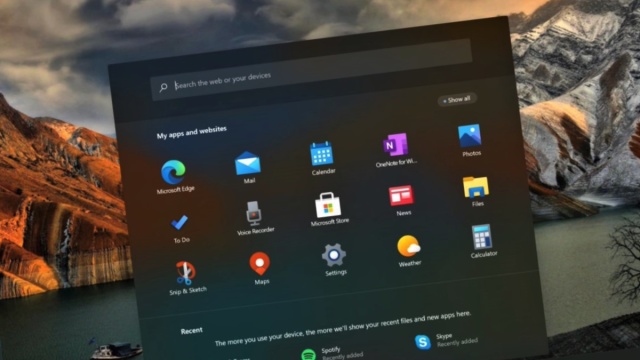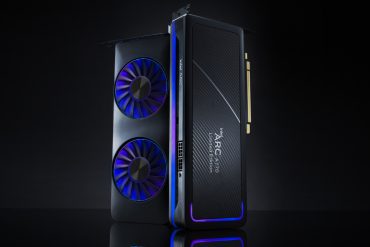Of course, Windows 10 can always handle multiple displays, many users operate a separate screen on a notebook, but Windows 10 X can do more. It is intended for dual-screen devices and foldables that practically consist only of surface surfaces such as the Surface Neo. So that these devices can operate well, the three central elements Start Menu, Taskbar and Information Center have been completely redesigned:
start menu: Once again Microsoft is attacking a redesign of the Start menu. This time the start button is in the center and opens a streamlined start menu with three fields. At the top is a search field that users can use to search locally and on the web. You can use it to find installed programs, for example, and start them directly. Below are the most popular applications and websites for quick access. The third area list uses items such as recently edited office documents or visited websites. Good news: You can customize the schedule of the program to your own needs. The bottom line is that Microsoft is slowing down the start menu to a simple launcher.
Taskbar: The taskbar becomes more flexible and depends on the display settings depending on the device. Three size settings are possible (small, medium, large). The icons are in the middle, with each additional icon moving the start button to the left with a tick. To the right is a more compact information area with timing, WiFi and battery indicators. If no keyboard is connected, the taskbar is minimized as soon as the program starts.
information Center: Many Windows 10 users still ignore Info Center. So far it is quite thick on the right edge of the screen. Windows 10X is also getting slim here and hacking Info Center into many smaller areas. This has two advantages: notifications are neatly separated and quick settings have more options. Users can then make more settings directly in the Info Center and are not redirected to system settings.






